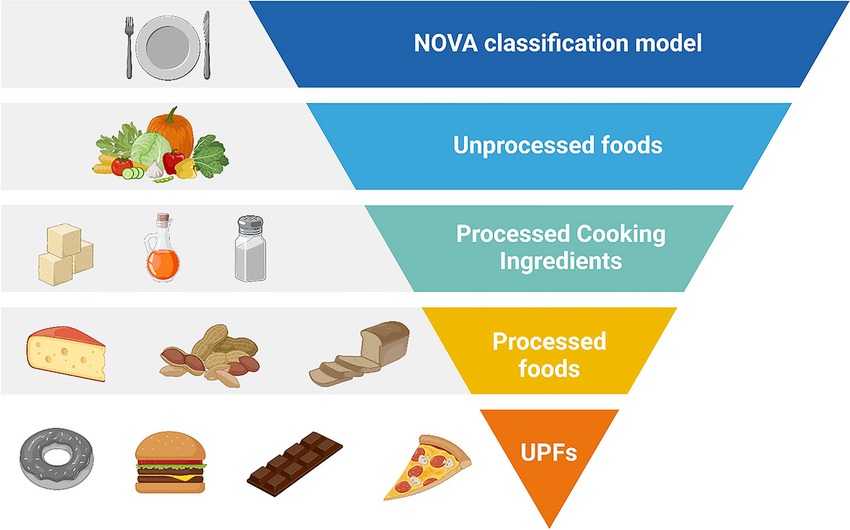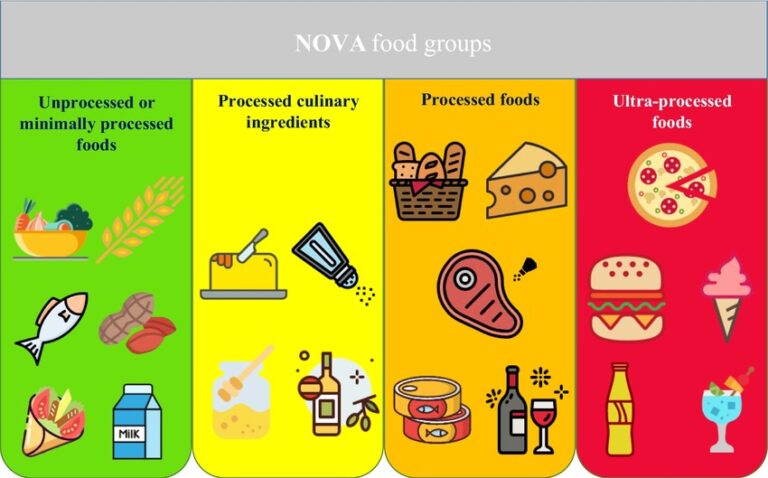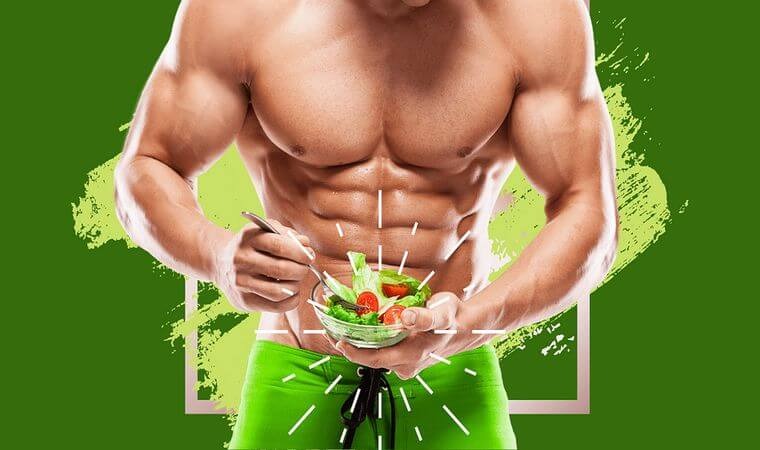You’re trying to eat healthy. You choose the whole-wheat bread, the low-fat yogurt, and the “heart-healthy” breakfast cereal. But what if these seemingly healthy choices are part of a category of foods linked to serious long-term health risks?
Welcome to the world of Ultra-Processed Foods (UPFs).
This article isn’t about making you feel guilty; it’s about empowering you with knowledge. It’s a practical guide to help you understand what UPFs are, how to spot them, and how you can become more mindful of how often they appear in your diet.
Beyond “Processed”: What’s the Real Difference?
The word “processed” can be confusing. Olive oil and cheese are technically processed, but they aren’t considered UPFs. Scientists use a classification system called NOVA, which groups foods based on the extent and purpose of their processing.
- Group 1: Unprocessed or Minimally Processed Foods: Fruits, vegetables, eggs, meat, milk.
- Group 2: Processed Culinary Ingredients: Oils, butter, sugar, salt.
- Group 3: Processed Foods: Simple bread, cheese, canned vegetables. (Essentially, combinations of Group 1 and 2).
- Group 4: Ultra-Processed Foods (UPFs): These aren’t just modified foods; they are industrial formulations. They are made by breaking down whole foods into their basic components (like protein isolates or starches) and then adding a long list of chemical additives, colors, flavors, and emulsifiers to create a cheap, hyper-palatable, and long-lasting product.

How to Spot a UPF in the Grocery Store (Your 5-Question Checklist)
You don’t need to be a nutritionist. The next time you pick up a packaged food, ask yourself these five questions:
 Also Read:
Ending the All-or-Nothing Cycle: How to Get Back on Track...
Also Read:
Ending the All-or-Nothing Cycle: How to Get Back on Track...
- Is the ingredients list long (e.g., more than 5 ingredients)? This is a good rule of thumb.
- Does it contain ingredients you wouldn’t find in a home kitchen? (e.g., high-fructose corn syrup, hydrogenated oils, artificial sweeteners, maltodextrin).
- Does it have flashy health claims on the package? (“Low-fat,” “high-fiber,” “fortified with vitamins”). Companies often use these claims to mask a product’s poor nutritional quality.
- Is it aggressively marketed and branded? (Think cartoon characters on cereal boxes).
- Does it have an unnaturally long shelf-life?
If you answered “yes” to a few of these, you’re likely holding a UPF.
“I Didn’t Realize I Was Eating That Much UPF!” (The Power of Tracking)
Reading this article is one thing, but seeing the truth in your own diet is another. UPFs are hidden everywhere. The only way to know how much you’re truly consuming is to look at your own data.
This is where Limotein becomes your personal “UPF Audit” tool.
- The Challenge: For one week, don’t change a thing. Eat normally, but use Limotein’s easy voice or photo logging to capture everything you eat, especially packaged foods.
- The Revelation: At the end of the week, review your log. Go through each entry and apply the 5-question checklist. You might be shocked to discover that your “healthy” breakfast cereal, your lunchtime sandwich bread, and your evening flavored yogurt are all UPFs. This isn’t about judgment; it’s about awareness.
- The Next Step: Once you have this awareness, you can start making small, informed swaps. The data from Limotein gives you a clear and powerful starting point.
Conclusion: Aim for Awareness, Not Perfection
The goal is not to eliminate 100% of UPFs from your life—that’s nearly impossible and highly stressful. The goal is to shift the balance of your diet back towards whole, unprocessed foods. The first and most powerful step on that journey is simply becoming aware of what you’re really eating.
Ready to uncover the hidden truth in your diet? Start your 7-day “UPF Audit” today. Use Limotein’s free trial to effortlessly track your intake and gain the awareness you need to make healthier, more informed choices.





